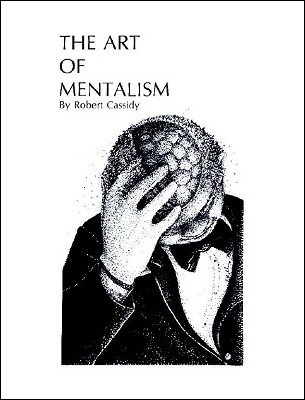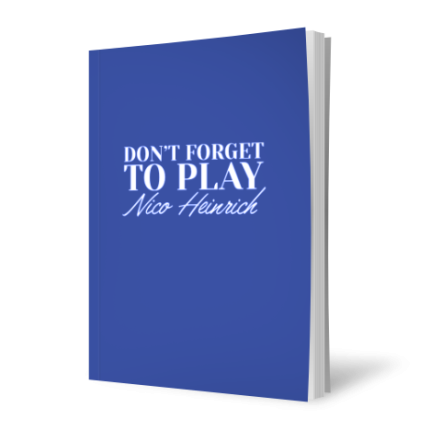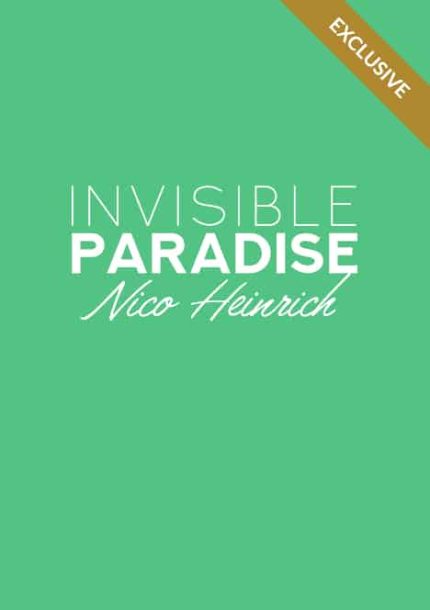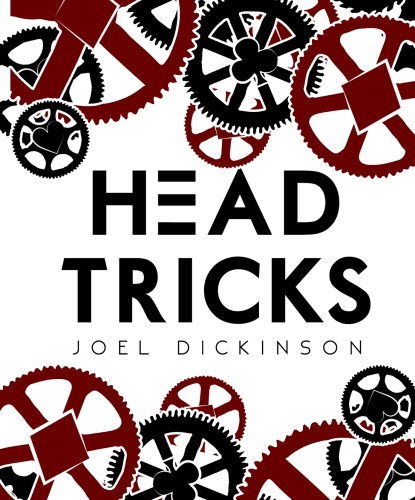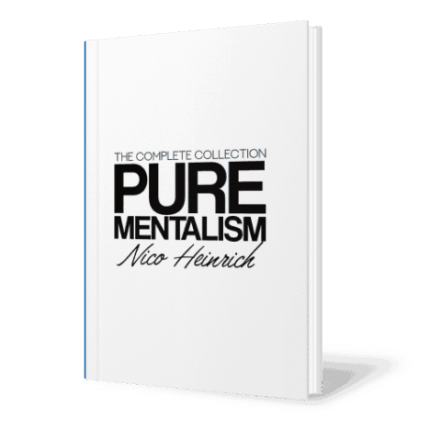“Art,” according to Webster’s New World Dictionary, is the human ability to make things – the creativity of man as distinguished from the world of nature. It is set apart from “craft” in that the latter applies to a lesser skill involving little or no creative thought.
The performance of mentalism is necessarily a creative process. To be successful the performer must tailor each presentation – not only to a particular audience but to the individual volunteers he uses in his program. No two performances of a mentalist are exactly the same. He must always be ready to capitalize on unexpected luck and compensate for the unforeseeable error.
The creative process is equally at work in the area of methodology.
This ebook is not intended to be merely a means of adding new effects to the reader’s repertoire. I have tried to give an insight into how my own approach to the art has resulted in methods, and combinations of methods, which serve to create the illusion of mentalism.
I hope that it will serve to stimulate your own creative process. Good thoughts to all of you.
- Introduction
- The Presentation of Mentalism
- Handling the Audience
- Audience Reading – The Major Effect of Mentalism
- The Final Version of the Three Envelope Test (1984)
- The Two Envelope Test (White Dwarf)
- A Picture and a Word
- The Atlas Test
- The Esquire Magazine Test
- The Memory Drive
- Russian Roulette
- The Ethics of Mentalism
1st edition 1984, revised 2002; PDF 28 pages.
word count: 14418 which is equivalent to 57 standard pages of text


